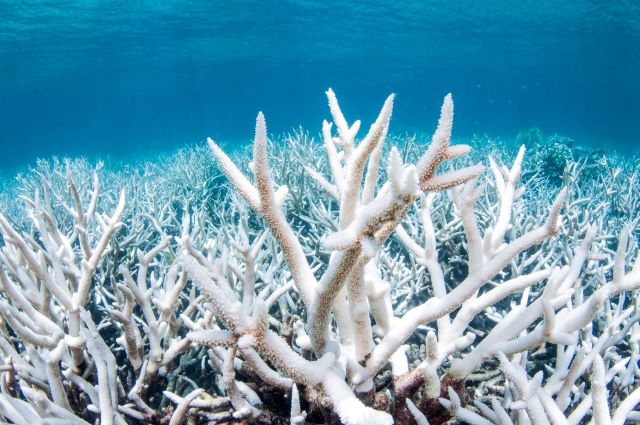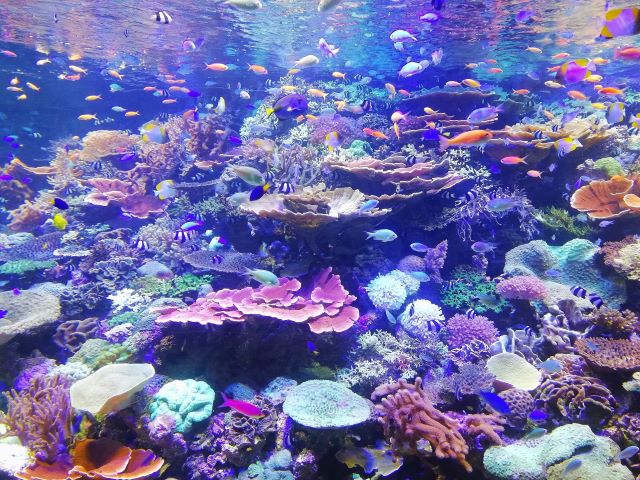All corals, hard and soft, belong to the invertebrate group cnidaria. Unlike the polyps in the soft corals, the hard corals’ polyps create limestone skeletons that more polyps can grow on once the original ones die. Some of these animals are exclusive to certain areas,for example, fan and whip corals can only be found in deep waters.

Algae live in corals, using sunlight to produce sugar for their host and in return they receive a stronghold and compounds needed for photosynthesis. Meanwhile, some of the waving corals are carnivorous, using stingers called nematocysts to stun prey such as zooplankton.
Corals may live in another world, but they do have a couple of medical uses: their calcium carbonate can be used to mend broken bones and some chemical compounds from coral can cure certain illnesses, including cancer.
‘Cities’ of coral, coral reefs, have a few threats (most from humans). Herbivorous coral are most at risk because a temperature increase of 2℃ can drive the algae out of the coral, turning the structure ghostly white, and silt can hide sunlight. As tree roots stop erosion, cutting down trees and killing the roots can produce more silt. However, mangrove roots can trap silt. Meanwhile, all corals are threatened by seaweed, but convict tangs eat seaweed. This is why we threaten coral reefs by overfishing.

In order to save the underwater ‘forests’, we must use less fossil fuels (which produce more greenhouse gasses that warm up the world), be careful which trees we cut down and not overfish.

